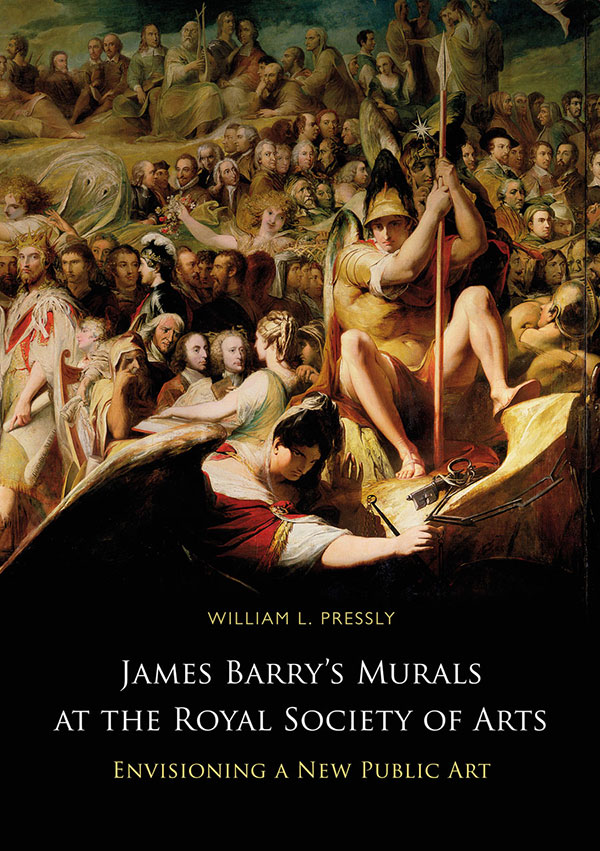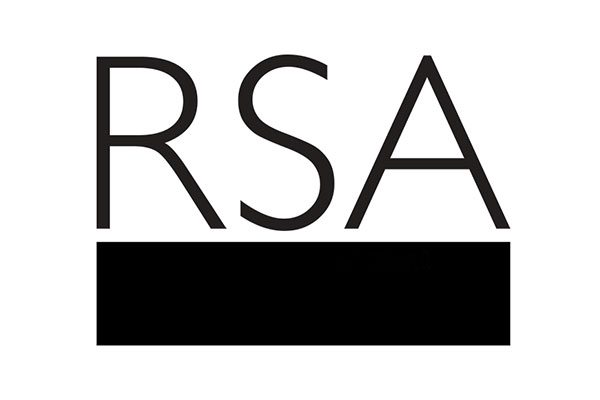Who would have thought that in 1777 when Irish-born artist James Barry picked up his paintbrushes for the first time that in 2015 a book about his painting marathon would win a major prize?
Who would have thought that when he finally laid down his paintbrushes in 1801, after many years of tinkering with the canvases following public showings in 1783 and 1784, that the six ‘murals’ would form the most impressive series of history paintings in Great Britain?

And who would have thought his approach would be recognised over two centuries later as pioneering a new approach to public art?
Barry began his marathon in the Great Room of the [Royal] Society for the encouragement of Arts Manufactures and Commerce – now known as the RSA – when he offered to paint for free the panels with paints, canvas, and models provided by the Society. He also insisted on controlling the subject matter, which the Society, also in an unprecedented move, allowed him to do, giving him the autonomy to present his personal vision.
In the interim, the paintings have attracted little attention from critics or the general public but last December, fittingly surrounded by the originals, a new book James Barry’s Murals at the Society of Arts – Envisioning a New Public Art [2014] was launched and it has just been awarded the M B Berger prize for British Art History.
The author William Pressly, Emeritus Professor of 18th and 19th century European Art at the University of Maryland, has written two previous books about Barry - The Life and Art of James Barry [1981] and James Barry: the Artist as Hero [1983] – but this new book was over 30 years in the making.
The book is beautifully illustrated, with numerous close-up details of the paintings that are less obvious when viewed in situ on the walls of the RSA’s Great Room. It also highlights that below the surface narrative there are deeper meanings, some of an inflammatory nature, that have remained hidden for the past 230 years.
To find out more:
- The Barry Paintings can be viewed by appointment by contacting Eve Watson, Head of Archive on 020 7451 6885 or evelyn.watson@rsa.org.uk
- James Barry’s Murals at the Society of Arts – Envisioning a New Public Art [2014] is available from Cork University Press. A discount of 20% is available for this book by using the code: RSA
Related articles
-
Volunteer from home with The Society of Designer Craftsmen
Dan Maier FSDC FRSA
Be part of one of the oldest and most highly regarded arts and crafts societies in the UK. Dan Maier FSDC FRSA calls on any interested RSA Fellows to get in touch before Friday 3 April.
-
The Independent Music Conversation: Creating a Network to Support Independent Grassroots Music
Dr Sue Oreszczyn Dr Neil March
FRSA Dr Sue Oreszczyn and FRSA Dr Neil March invite fellows at the RSA who would like to join them in a conversation about how to support grassroots independent artists and their environment.
-
InHouse Records at Latitude Festival
Jude Armani
Jude Armani FRSA details the recent history of InHouse Records, a record label set up to develop technical skills in prisoners and reduce recidivism.



Be the first to write a comment
Comments
Please login to post a comment or reply
Don't have an account? Click here to register.